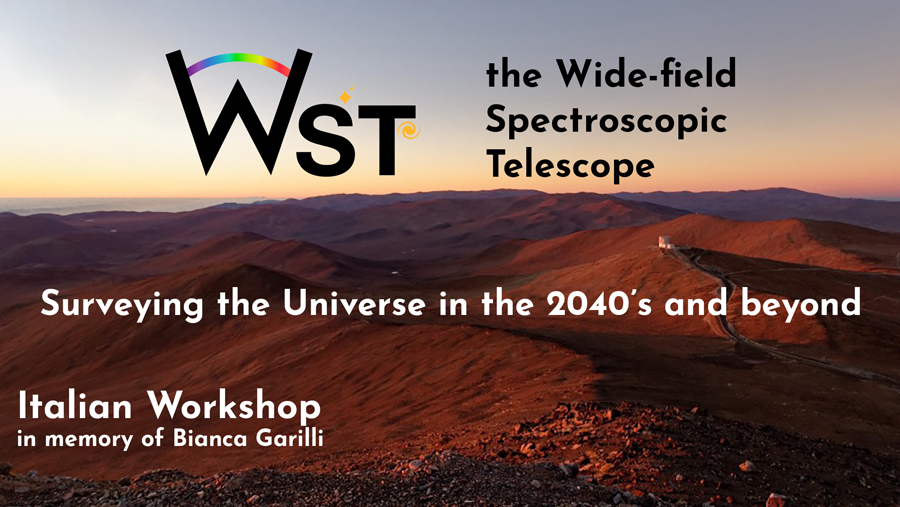Speaker
Description
Time-domain and multi-messenger astronomy are key priorities identified by major planning exercises, such as the Astro2020 decadal survey. All current and upcoming facilities together can follow up only a few percent of the expected transient alerts, while WST will enable maximum operational flexibility and rapid data processing in order to support the under-characterized transient sky and phenomena. The upcoming investment in deep survey imaging with dedicated facilities promises many unforeseen scientific discoveries in this area: e.g., the Rubin LSST facility will undertake a nightly scan leading to a ‘real time video’ of the southern sky. However, spectroscopic follow-up is key to delivering this extraordinary scientific bounty. In this talk, I will give a review of the Astro2020 decadal survey and why characterizing astronomical objects in a homogeneous way with the same instrument and large sky coverage is of utmost importance in the modern/future landscape of astronomy and what makes WST still novel and unique in this context, even after the advent of 4-meter class telescopes such as 4MOST and WEAVE poised to follow-up time-variable sources.

